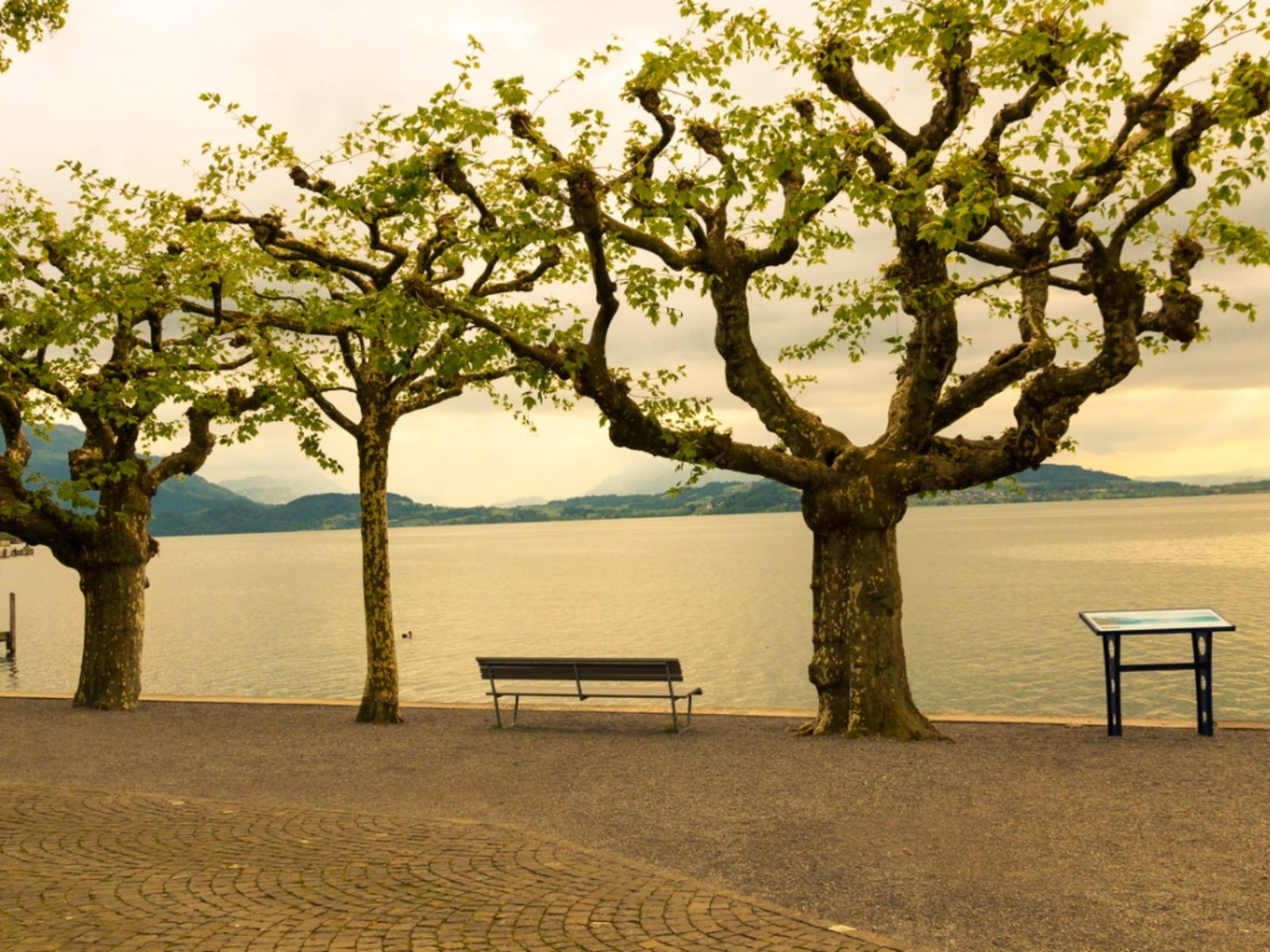What Is Pollarding: Tips On Pollarding A Tree


Pollard tree pruning is a method of trimming trees to control their mature size and shape, creating a uniform, ball-like canopy. The technique is often used on trees planted in an area where they cannot be allowed to grow to their full size. This might be because of other trees in the vicinity, or because the tree is planted in space-restricted by power lines, fencing, or some other impediment. Read on to learn more about pollarding a tree.
What is Pollarding?
What is pollarding and how do you do it? When you do pollard tree pruning, you cut off the central leader of the tree and all lateral branches to the same general height within a few feet of the tree crown. The height is at least 6 feet (2 m.) above the ground so that grazing animals do not eat new growth. You also remove any lower limbs on the tree and any crossing limbs. While the tree looks like a barren stick right after pollard tree trimming, the crown soon grows in. Undertake pollard tree pruning while the tree is dormant, during the winter or early spring, January through March in most places. Always choose young trees for pollarding, since they regrow faster and better than older trees. They are also less susceptible to disease.
Pollarding vs. Topping
Topping a tree is a very bad practice likely to kill or severely weaken the tree. When you top a tree, you cut off the top section of the central trunk. This is usually done to a mature tree when a homeowner underestimates its mature size. Regrowth after topping is a problem. On the other hand, pollard tree pruning is always done on young trees, and regrowth is encouraged.
Trees Suitable for Pollarding
Not every tree will be a good candidate for pollard tree pruning. You’ll find very few conifer trees suitable for pollarding, other than the yew. Possible broadleaf trees suitable for pollarding include trees with vigorous regrowth like:
Tips for Pollarding a Tree
Once you start pollarding a tree, you must keep it up. How often you cut depends on the purpose you are pollarding.
- If you are pollarding to reduce the size of the tree or in order to maintain a landscaping design, pollard every two years.
- If you are pollarding to create a sustainable supply of firewood, undertake pollard tree pruning every five years.
If you fail to maintain the pollarded tree, the tree, as it grows back, develops heavy branches. It also suffers from overcrowding and diseases due to increased humidity.
Sign up for the Gardening Know How newsletter today and receive a free copy of our e-book "How to Grow Delicious Tomatoes".

Teo Spengler is a master gardener and a docent at the San Francisco Botanical Garden, where she hosts public tours. She has studied horticulture and written about nature, trees, plants, and gardening for more than two decades, following a career as an attorney and legal writer. Her extended family includes some 30 houseplants and hundreds of outdoor plants, including 250 trees, which are her main passion. Spengler currently splits her life between San Francisco and the French Basque Country, though she was raised in Alaska, giving her experience of gardening in a range of climates.